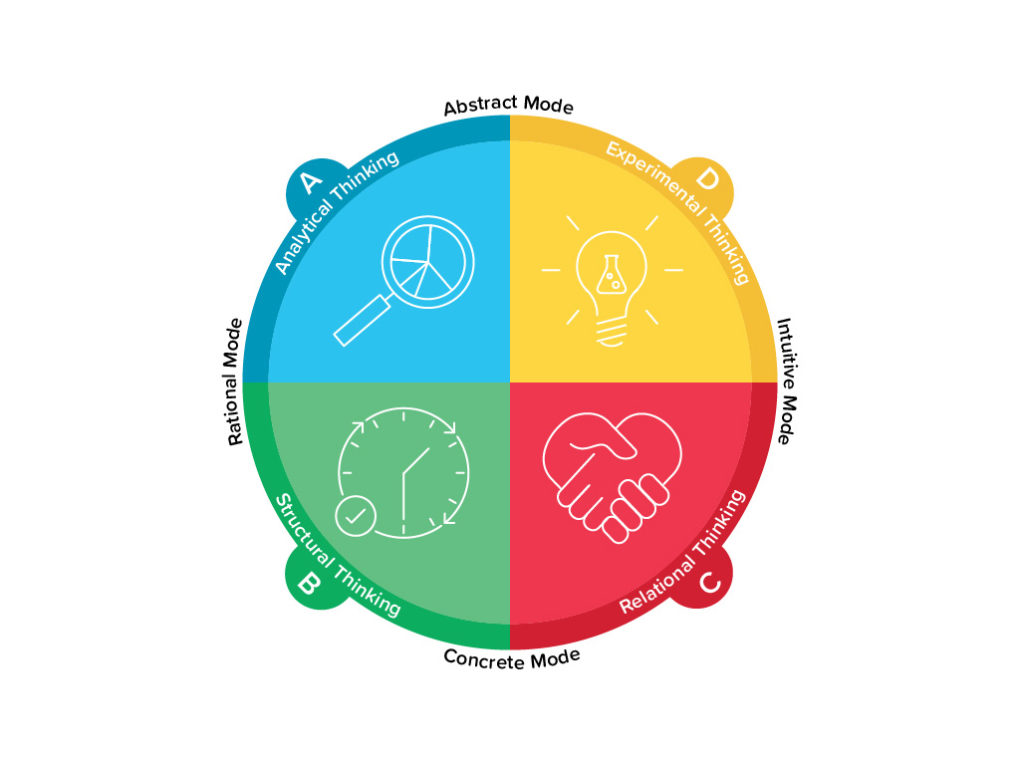Flexible work is no longer an afterthought for employees, it’s the future of work…and it’s happening now. Flexible working was once a perk, now it’s a necessity and it plays a large part in how potential employees choose their employer.
If you’re about to start managing a hybrid team (or if you’ve inherited one as a result of COVID-19) there are many things you may consider to keep your team happy and productive.
While it may seem challenging at first, with some planning and adjustment, done well a hybrid working model can provide the flexibility many employees want, while still delivering high performance, positive work relationships, improved retention and more.
What is hybrid working?
A hybrid working model is nothing new, it’s just a lot more prevalent now than it used to be. Defined, the hybrid working model is a work style that lets employees blend working from different locations: home, the office, or another remote location.
The pros (and cons) of managing a hybrid team
Throughout the pandemic, most of us found ourselves working remotely. A report from McKinsey suggests across the globe to expect four to five times more remote work than before the pandemic – so expect hybrid work to stick around.
This could cause large shifts in the geography of work, as many individuals choose to work from home or another remote location more frequently. For leaders, it’s important to understand hybrid work has both pros and cons. Let’s explore these.
The pros of hybrid working
- Increased productivity: Working remotely erases many distractions of the office workplace. For employees whose tasks require deep concentration, this can be beneficial.
- Employee retention and recruitment: Happier employees are more likely to stick around, and if workers are required only part-time in an office, your talent pool grows significantly.
- Saves time and money: By eliminating the commute (and that coffee and croissant) employees can save a fair amount of money. This extends to offices too, which can be downsized if they don’t need to accommodate a full team every day.
The cons of hybrid working
- Communication breakdown: It’s tough to bring employees together who are part of a hybrid team. It’s easier to make mistakes, misinterpret and it is challenging to stay atop your team’s productivity.
- Limited opportunities: Working out of the office can make it harder to stay in the loop with everyone, and without even realising you may favour those you see most frequently in person. Be very aware of this.
- Less collaboration: Working remotely means missing out on opportunities to work side by side with your team. Innovative solutions and team bonding often rely heavily on in-person contact.
As a manager, you’ll want to communicate these pros and cons to your employees. Empowering them to make the best choice about where and when they work will go a long way in building the trust between employee and employer that hybrid work relies upon.
7 tips to lead a productive and happy hybrid team
Flexible work arrangements will differ significantly from business to business, so however you approach finding the best solutions – likely with some trial and error – don’t take shortcuts. There are, however, many things you can do to set your team up for success. Consider these tips when leading a hybrid team.
- Create and set clear expectations: State the expectations for days in/out of the office, involve the team in decision-making and have hybrid working policies.
- Define sources of truth: Start the discussion about a new project by agreeing on the single source(s) of truth. Think communication channels, softwares, databases etc.
- Provide enough context: Proactively set the tone by always providing context up front for your collaborators, whether over email, Zoom or Teams. It can be easy to lose track of context, especially when your brain is worn out from the productivity costs of task-switching.
- Build structured routines: Encourage chunking out specific work within defined time windows, known as ‘time-boxing’ and blocking specific times in the calendar to protect those time-boxes. This ensures your team isn’t depleting their brain’s capacity for productive work.
- Over-communicate & assume positive intent: The potential for misunderstanding is amplified in a remote environment, especially when you communicate via written language and can’t hear vocal inflections, experience body language, or see facial expressions. Help your team understand this.
- Make time for everyone: No matter where an employee is working or what their role is, commit equal time and focus for each member of the team. This is critical to engagement and the equality of your workforce.
- Prioritise health and wellbeing: Remote staff can feel isolated or lonely, and without vocal inflections, body language and facial expressions it can be difficult to know when someone is struggling. You should prioritise staff’s well-being in a hybrid workplace.
Build a stronger team with Whole Brain® Thinking
Inevitably, hybrid work has the potential to cause biases and employees may lack social connection. To be prepared for what’s to come, managers need to understand how their employees think, so they can level the playing field for their teams.
Leaders can use the lenses of Whole Brain® Thinking to understand how people can collaborate to do their best work.
The HBDI® is based on the Whole Brain® Model, a metaphor for how people tend to use their brains and how their thinking works. In the Whole Brain® Model, thinking falls into four preferences of equal importance that everyone can access:
- The Upper Left Blue A Quadrant specialises in logical, analytical, quantitative, fact-based thinking.
- he Lower Left Green B Quadrant focuses on details and specialises in planning, organising, and sequencing information.
- The Lower Right Red C Quadrant places a priority on feelings and the interpersonal, emotional and kinesthetic aspects of a situation.
- The Upper Right Yellow D Quadrant synthesises and integrates information and is more intuitive and holistic in its thinking.
The four-colour quadrant graphic and Whole Brain® are registered trademarks of Herrmann Global, LLC. ©2021 Herrmann Global, LLC
By using the HBDI® and Whole Brain® Thinking as a starting point, teams can work towards making adjustments to greatly improve processes, outputs and outcomes.
The HBDI® helps to create a common language employees can use to have honest conversations and understand one another – especially when you’re missing important visual cues you only get in person. Ultimately, this improved understanding of how others think helps teams deliver better outcomes for both business and people.
Interested in learning more about Whole Brain® Thinking and how it can help your team and business reach its full potential? Get in touch with Herrmann today.



